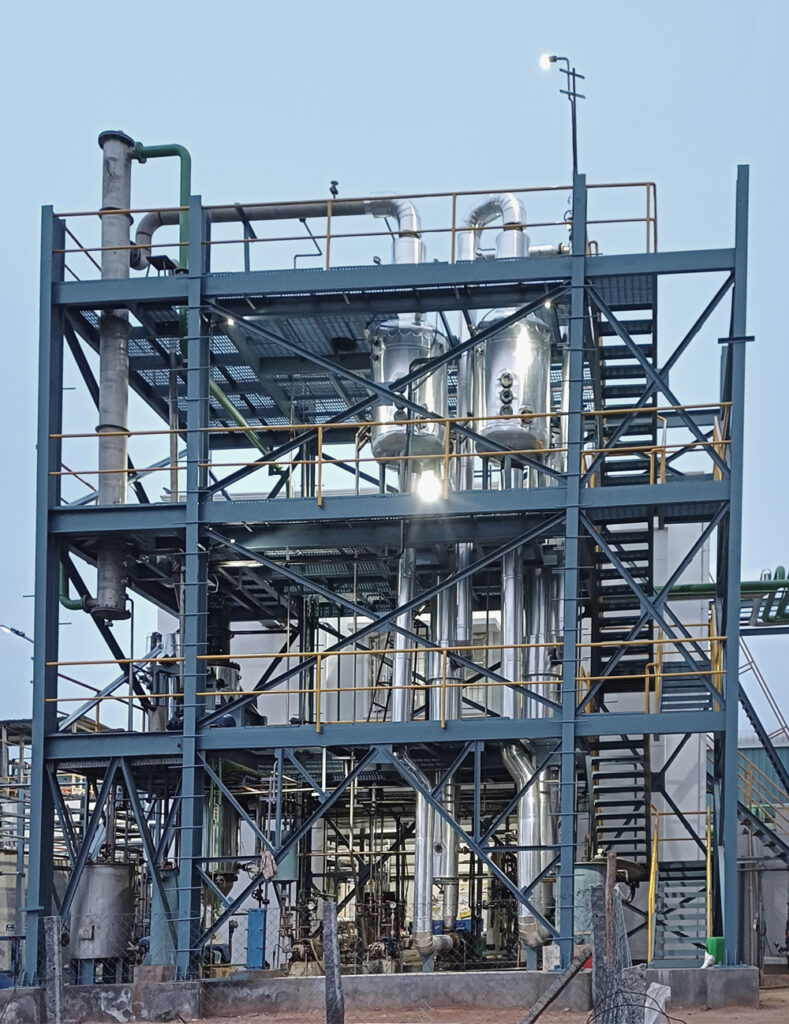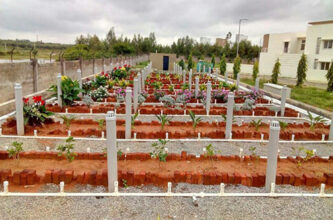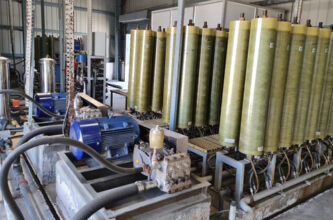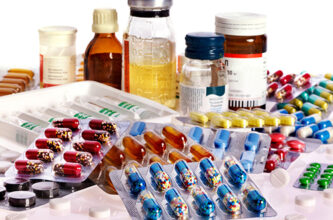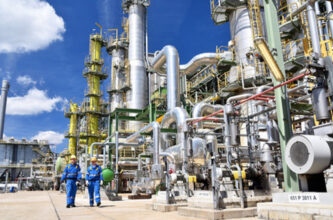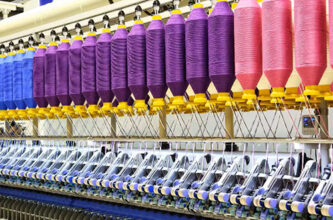Zero Liquid Discharge (ZLD)– FAQ
1. What is Zero Liquid Discharge (ZLD)?
ZLD is a water treatment process that aims to eliminate wastewater discharge from industrial facilities. It involves treating and recycling all wastewater streams within the plant, minimizing freshwater intake and significantly reducing or eliminating effluent release into the environment. Essentially, produce water clean enough to be reused within the facility with no discharge to ground.
2. Why is ZLD important?
ZLD is crucial for environmental sustainability and pollution regulatory compliance. It addresses water scarcity issues, reduces pollution of water bodies, minimizes environmental impact, and helps industries meet increasingly stringent discharge regulations. potential cost savings through reduced water consumption and resource recovery.
3. How does ZLD work?
A typical ZLD system involves a combination of advanced treatment technologies, which may include:
- Pre-treatment : Removal of suspended solids, oils, and grease.
- Biological Treatment : To reduce the BOD & COD.
- Membrane processes (RO/UF) : Separation of dissolved salts and other impurities.
- Evaporation : Concentration of remaining salts and impurities.
- Crystallization/Drying : Solidification of the concentrated waste stream for disposal or reuse.
Nirtech designs customized ZLD systems based on specific client needs and wastewater characteristics.
4. What are the benefits of implementing ZLD?
ZLD offers numerous advantages, including :
- Environmental protection : Eliminates water pollution and protects aquatic ecosystems.
- Water conservation : Reduces freshwater intake and promotes water reuse.
- Regulatory compliance : Helps industries meet stringent discharge regulations.
- Resource recovery : Recovers valuable salts and minerals for reuse.
- Reduced disposal costs : Minimizes or eliminates the need for wastewater discharge permits and associated costs.
- Enhanced brand image : Demonstrates commitment to environmental stewardship.
5. Which industries can benefit from ZLD?
Industries with high water consumption and wastewater discharge, such as power plants, textile manufacturing, chemical processing, pharmaceuticals, and oil & gas, can significantly benefit from ZLD implementation. Nirtech can tailor solutions for a wide range of industries.
6. What are the challenges of implementing ZLD?
Implementing ZLD can present certain challenges :
- High capital and operational costs : ZLD systems require significant investment.
- Energy consumption : Evaporation and crystallization processes can be energy-intensive.
- Brine management : Proper management of the concentrated waste stream is essential.
- Technical complexity : Designing and operating ZLD systems requires specialized expertise.
Nirtech addresses these challenges through optimized system design, energy-efficient technologies, and comprehensive support services.
7. How can Nirtech help with ZLD implementation?
Nirtech offers comprehensive ZLD solutions, including:
- Customized system design : We tailor ZLD systems to your specific needs and wastewater characteristics.
- Technology selection and integration : We select the most appropriate technologies for optimal performance and cost-effectiveness.
- Engineering and construction : We manage the entire project from design to installation.
- Operation and maintenance : We provide ongoing support to ensure smooth operation and maximize system lifespan.
- Consulting and feasibility studies : We assess the feasibility of ZLD implementation and provide expert guidance.
8. What is the cost of implementing a ZLD system?
The cost of a ZLD system varies depending on several factors, including wastewater volume and composition, technology used, and project scope. Nirtech can provide a detailed cost estimate based on your specific requirements.
9. What is the typical payback period for a ZLD system?
The payback period depends on factors like water and disposal costs, resource recovery potential, and regulatory requirements. While the initial investment can be significant, the long-term benefits and potential cost savings often make ZLD a financially viable solution. Nirtech can help you analyze the potential ROI of your ZLD system.
10. How can I get started with ZLD implementation?
Contact Nirtech today! Our experts will be happy to discuss your specific needs, assess the feasibility of ZLD for your facility, and provide a customized solution. We're committed to helping you achieve your sustainability goals through effective and efficient ZLD solutions.





